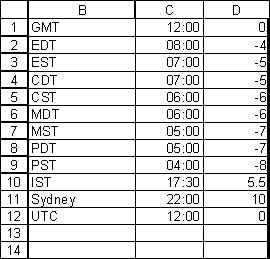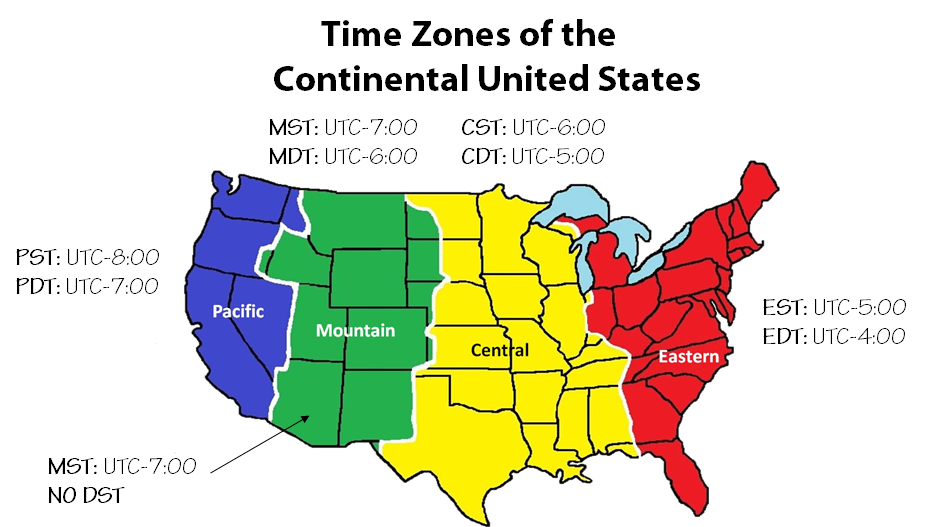
The vast majority of Mexico, however, still uses the old dates. In Mexico, beginning in 2010, the portion of the country in this time zone uses the extended dates, as do some other parts. The Canadian provinces and territories that use daylight time each adopted these dates between October 2005 and February 2007. in 2007 as a result of the Energy Policy Act of 2005, the local time changes from PST to PDT at 02:00 LST to 03:00 LDT on the second Sunday in March and the time returns at 02:00 LDT to 01:00 LST on the first Sunday in November. Offset UTC -8:00 hours 9:30 pm Universal Time Coordinated (UTC). Through 2006, the local time (PST, UTC−08:00) changed to daylight time (PDT, UTC−07:00) at 02:00 LST (local standard time) to 03:00 LDT (local daylight time) on the first Sunday in April, and returned at 02:00 LDT to 01:00 LST on the last Sunday in October.Įffective in the U.S. 1:30 pm in PST is 9:30 pm in UTC PDT to UTC call time Best time for a conference call or a meeting is between 8am-11am in PDT which corresponds to 3pm-6pm in UTC 1:30 pm Pacific Standard Time (PST). One state is split between the Pacific Time Zone (unofficially), the Alaska Time Zone, and the Hawaii–Aleutian Time Zone: Oregon – all, except for the majority of Malheur County.Nevada – all, except for West Wendover and, unofficially, several towns along the Idaho border.


Three states are split between the Pacific Time Zone and the Mountain Time Zone: Two states are fully contained in the Pacific Time Zone: The zone is two hours ahead of the Hawaii–Aleutian Time Zone, one hour ahead of the Alaska Time Zone, one hour behind the Mountain Time Zone, two hours behind the Central Time Zone, three hours behind the Eastern Time Zone, and four hours behind the Atlantic Time Zone. The largest city in the Pacific Time Zone is Los Angeles, whose metropolitan area is also the largest in the time zone. In Mexico, the corresponding time zone is known as the Zona Noroeste (Northwest Zone) and observes the same daylight saving schedule as the U.S. Specifically, time in this zone is referred to as Pacific Standard Time (PST) when standard time is being observed (early November to mid-March), and Pacific Daylight Time (PDT) when daylight saving time (mid-March to early November) is being observed. In the United States and Canada, this time zone is generically called the Pacific Time Zone. During daylight saving time, a time offset of UTC−07:00 is used. Places in this zone observe standard time by subtracting eight hours from Coordinated Universal Time ( UTC−08:00). The Pacific Time Zone ( PT) is a time zone encompassing parts of western Canada, the western United States, and western Mexico. In SQL Server 2008, there is a new datatype called DateTimeOffset which stores the offset together with the date, so that dates can be converted accurately.DST is observed throughout this time zone. Meanwhile, most of Arizona, which also shares a border with California, is on Mountain Standard Time (MST) all year. California shares its time zone and DST schedule with bordering states Oregon and Nevada. Unfortunately, even this will not be accuarate for historic data, as countries change the daylight savings dates each year. UTC to PST Time Converter UTC Time UTC to PST Time Converter Convert UTC time to Pacific Standard Time (North America). California uses Pacific Standard Time (PST) during standard time and Pacific Daylight Time (PDT) during Daylight Saving Time (DST).
UTC TIME TO PDT CODE
You can download the applicable functions and data from The Code Project If you do not need exact times in your data, and if you are only ever converting from Pacific to UTC and not other time zones, then you can use the method John suggested.įor better accuracy, you can create a table in your database which stores the time zones and when each country switches to daylight savings. Depending on how far back you go, the dates and rules for determining the dates Daylight Saving Time started and ended have changed many times over the years.Īnyone know of a function I can use to convert the UTC date/time field to Pacific Time? I know I can use dateadd to subtract the 8 hours, but I would like to know if there is a better way.

A web search should turn up the basic data for you. For an application that looks at historic times and needs to convert any from UTC to Pacific Time, I'd think you'll need a table of the start and end dates for Daylight Saving Time to know whether it's -7 hours or -8 hours. Of course, the current difference (-7) may not be valid if you're looking at a date from February, for instance. ,DateAdd(hh,DATEDIFF(hh, GetUtcDate(), GetDate()), as MyDatePacific If your server is set to the Pacific time you want (standard or daylight), you may use the DateDiff between getDate() and getUTCDate() as your offset, using DateAdd to apply it to your UTC time. But of course you also will probably want to account for whether daylight saving time is in effect, making the difference -7 hours rather than -8. Knowing your time zone (Pacific) is a good start.


 0 kommentar(er)
0 kommentar(er)
